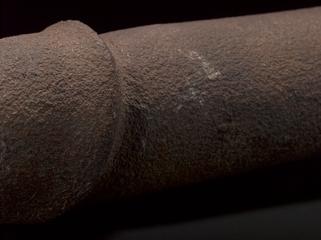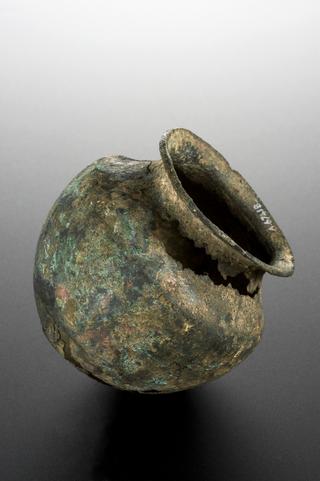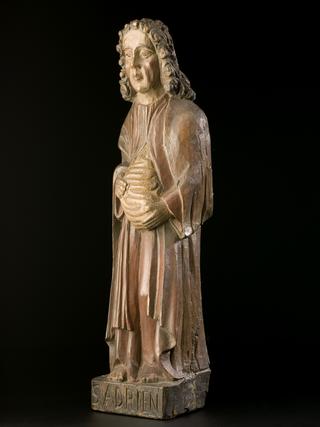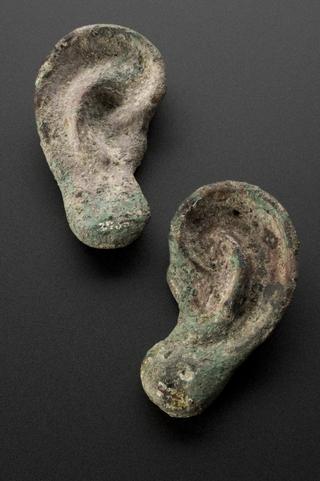
Diorama showing trephination in Neolithic times, England, 1942
- maker:
- Jane Jackson

Diorama of trephination in Neolithic times, made by Jane Jackson, English, 1942
Trephination involves cutting into the skull to remove a small area of bone. It is probably the oldest surgical procedure, thought to date from around 5000 BCE. Set in the Neolithic period (the latter part of the Stone Age), this diorama shows trephination in progress. Tools, such as pieces of flint and sharp animal teeth, were used to cut into the skull. It would have taken a long time to carry out the procedure and with limited pain relief the person undergoing the operation would have to be physically restrained.
Trephination is thought to have been performed in order to release evil spirits from the body, which were believed to be responsible for causing illness. Research has shown that a number of skulls have healed edges, suggesting that some people survived this operation.
Details
- Category:
- Classical & Medieval Medicine
- Collection:
- Sir Henry Wellcome's Museum Collection
- Object Number:
- A608202
- Measurements:
-
overall: 1630 mm x 1790 mm x 830 mm,
- type:
- diorama




